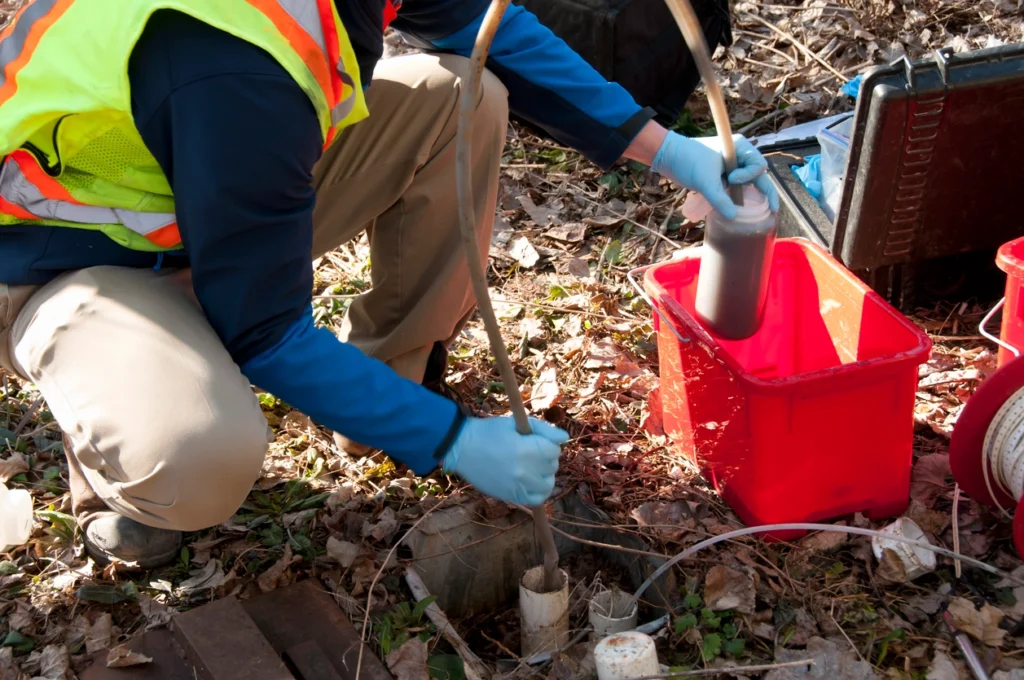The National Environmental Policy Act (NEPA) is often caught in a tug-of-war between those advocating for environmental protection and those focused on streamlining project development. However, at its best, NEPA isn’t a battleground but a bridge. It’s a foundational law that, when implemented effectively, ensures that the projects shaping our communities are informed by science, open to public scrutiny, and designed to minimize long-term harm. Learn more about NEPA benefits and challenges here.

Core NEPA Benefits
Environmental Safeguards
NEPA mandates a thorough examination of a project’s potential impacts on the natural world. This isn’t simply a compliance exercise; it’s about applying the best available scientific knowledge. Experts in diverse fields assess risks to air and water quality, wildlife and their habitats, endangered species, and cultural resources that hold historical or communal significance.
Prevention of Long-Term Harm
NEPA forces a look into the future. Too often, projects are judged only on their immediate costs. NEPA helps us calculate the true cost over decades – the price of potential cleanup if pollution occurs, the loss of natural services like water filtration if a wetland is destroyed, or the health impacts on communities living downwind from a polluting facility.
Accountability & Transparency
NEPA doesn’t keep decision-making behind closed doors. Environmental assessments are made available to the public, fostering open debate and allowing communities to voice concerns. This transparency can build trust when the process works as intended. Conversely, if public input is dismissed or analysis feels superficial, it fuels opposition and contributes to delays.
Innovation & Smart Design
The need to explore alternatives, as required by NEPA, can be a catalyst for better projects. Consider it a constraint-driven innovation challenge. Sometimes, the original proposal simply isn’t the best solution. NEPA can lead to designs that use more sustainable materials, minimize energy use, or relocate sensitive projects to reduce conflicts with residents or critical ecosystems.
Economic Benefits
While environmental protection is its primary focus, NEPA supports a healthy economy. Projects that have thoroughly considered environmental risks and earned community buy-in are less likely to face costly legal battles, redesigns, or catastrophic failures. Lawsuits, pollution clean-ups, and avoidable disruptions are major drains on both private and public resources. NEPA, when done well, is sound risk management.

Challenges & Solutions
Addressing Time Concerns
A legitimate critique of NEPA is that reviews can become needlessly bogged down, delaying projects that may hold benefits as well as risks. Solutions lie in clear timelines, early scoping to focus on the most critical issues, and finding ways to streamline the process without sacrificing the core analysis.
Demystifying Complexity
NEPA can seem like alphabet soup – EIS, EA, FONSI – to those outside of government or environmental fields. Providing clear explanations, guides, and examples in plain language empowers both project developers and the public to navigate the process effectively. Transparency shouldn’t be hindered by overly technical jargon.
NEPA’s Future
- Reform & Efficiency: Recent efforts focused on reforming NEPA underscore the ongoing tension between timely approvals and ensuring environmental protection remains paramount. Striking the right balance through careful reform is essential.
- Technology’s Role: Advancements in data analysis, modeling, and visualization hold promise for improving NEPA assessments. These tools can help agencies and the public better understand cumulative impacts, compare alternatives meaningfully, and anticipate long-term risks.
- The Climate Imperative: As climate change accelerates, NEPA’s role in assessing a project’s contribution to or mitigation of climate risks is crucial. Ensuring our infrastructure and communities are resilient to the changes ahead demands that projects be evaluated through a climate lens.
Your Role in NEPA
NEPA isn’t just about what the government does – it gives citizens a voice too. Resources for finding relevant projects, tips for writing effective comments, and guides to understanding the NEPA process are available. Informed and engaged participation makes NEPA work its best. Likewise, project developers benefit from early and constructive community involvement to address concerns and potentially improve a project’s design, ultimately smoothing the path to implementation.

Frequently Asked Questions About NEPA Benefits and Challenges
Does NEPA apply to every project?
No. NEPA primarily focuses on projects with federal involvement, such as those on federal land, using federal funds, or requiring federal permits. However, some states have their own versions of NEPA.
Can NEPA stop a project I support?
NEPA doesn’t inherently favor or oppose projects. Its goal is informed decision-making. Sometimes, NEPA might lead to changes that improve a project or lead to its relocation, but it can also confirm that a project has minimal environmental impact.
How long does the NEPA process take?
This varies greatly. Simple projects might have a short assessment, while complex ones can involve years of study. Recent reforms aim to set clearer timelines and encourage efficiency.
How can I make my voice heard in NEPA?
Learn where to find environmental assessments for projects in your area. During public comment periods, submit informed comments based on the evidence presented in the NEPA documents.
I’m a developer; how does NEPA benefit me?
Thorough NEPA reviews can prevent costly surprises later. By addressing environmental concerns and community input early on, you can avoid legal battles, redesigns, and potential damage to your company’s reputation.











